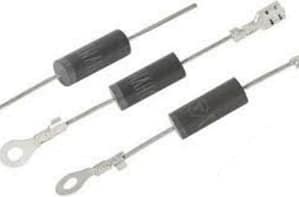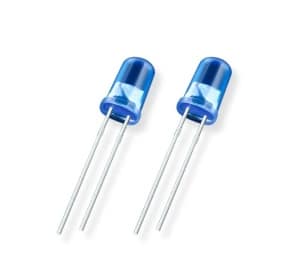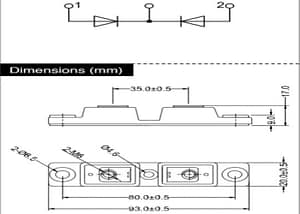Electronic Components Supplier | Transformers, Inductors, Inverters
Choosing the appropriate pole mounted transformer is crucial for power grid construction and upgrading. This article will provide you with comprehensive purchasing guidance from the perspectives of technical parameters, energy efficiency standards, and cost-effectiveness, helping you make the best decisions.

Distribution Transformer
1.Analysis of core selection parameters
1.1 Selection of Rated Capacity
Rated capacity is the primary consideration factor. Choosing too small can lead to overload, while choosing too large can result in resource waste.
Calculation basis: It is necessary to comprehensively consider the number of users, electricity consumption characteristics, and future growth potential within the power supply area.
Common specifications: 50kVA, 100kVA, 200kVA, 315kVA, etc.
Suggestion: Reserve a capacity margin of 15% -20% for development needs.
1.2 Voltage level matching
It is necessary to ensure that the voltage level of the transformer matches the local power grid.
Input voltage: usually 10kV or 11kV.
Output voltage: generally 400V/230V.
Important reminder: Voltage mismatch can cause equipment damage or performance degradation.
2.Energy efficiency standards and environmental requirements
2.1 Interpretation of Energy Efficiency Grades
The energy efficiency level directly affects operating costs.
Energy efficiency standards: Currently, the main reference is the IEC 60076 standard.
Grade classification: from high to low, it is divided into A0, A1, B, C, etc.
Cost analysis: High energy efficiency models are more expensive, but long-term operation can save a lot of electricity costs.
2.2 Environmental Protection and Safety Characteristics
Modern transformers should meet higher environmental requirements.
Insulation medium: Priority should be given to environmentally friendly insulation oil.
Fireproof performance: Consider flame retardant and explosion-proof design.
Noise control: Low noise models should be selected in residential areas.
3.Hotspot Focus: The Value of Intelligent Transformers
3.1 Advantages of Intelligent Functions
Intelligent transformers provide additional value.
Real time monitoring: can remotely monitor the operating status.
Fault warning: Identify potential issues in advance.
Data analysis: Optimize the efficiency of power grid operation.
3.2 Cost benefit analysis
Although the initial investment is relatively high, smart transformers can bring significant returns.
Reduce operation and maintenance costs: Reduce the need for on-site inspections.
Extend service life: Improve equipment lifespan through precise maintenance.
Improve power supply reliability: reduce power outage losses.

Wind Power Transformer
4.Key points for supplier selection
4.1 Qualification certification verification
Ensure that suppliers have the necessary qualifications.
Essential certification: ISO9001 quality system certification.
Product certification: Mandatory certification by relevant countries.
Performance evaluation: Refer to past project experience.
4.2 After sales Service Evaluation
Comprehensive after-sales service is crucial.
Warranty Policy: Understand the warranty period and scope.
Emergency response: Confirm the fault response time.
Spare parts supply: Ensure the availability of spare parts.
4.3 Whole life cycle cost calculation
We should not only focus on the purchase price, but also consider:
Initial investment: Equipment procurement cost.
Operating costs: including energy loss.
Maintenance costs: Regular maintenance and replacement of parts.
Retirement cost: Equipment recycling and disposal expenses.
Choosing a pole mounted transformer requires comprehensive consideration of multiple dimensions such as technical parameters, energy efficiency standards, intelligent functions, and supplier strength. Only through scientific evaluation and full lifecycle cost analysis can the most economical and reliable choices be made.
Luoyang Datang Energy Technology Co., Ltd. is a high-tech enterprise integrating R&D, manufacturing and supply of power equipment such as transformers, new energy components, distribution cabinets and inverters. With technological innovation as the core, we focus on creating high-reliability and high-performance power solutions to serve global customers. With a strict quality control system and international standard certification, we continue to output excellent products and enable customers to build safe and stable power systems.







